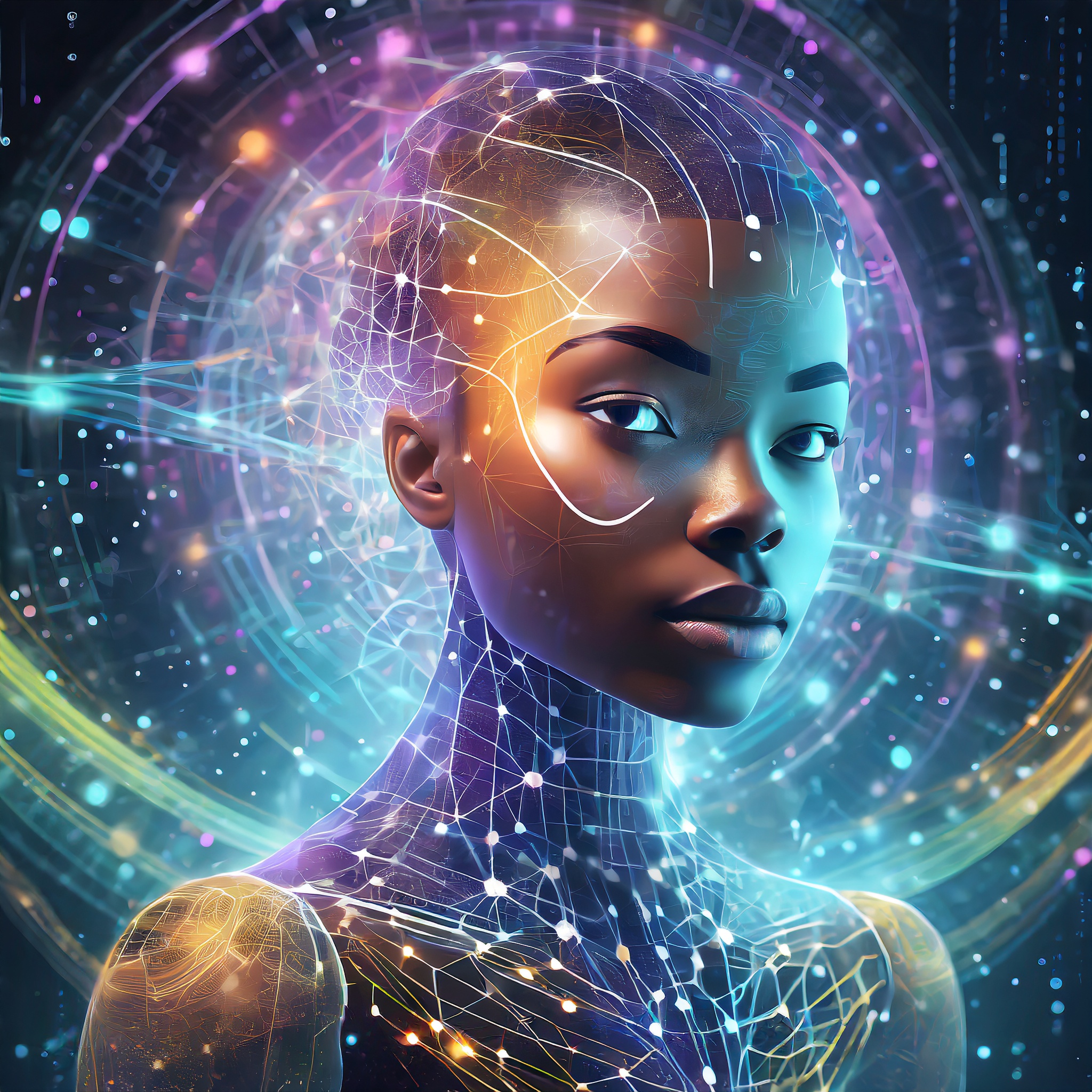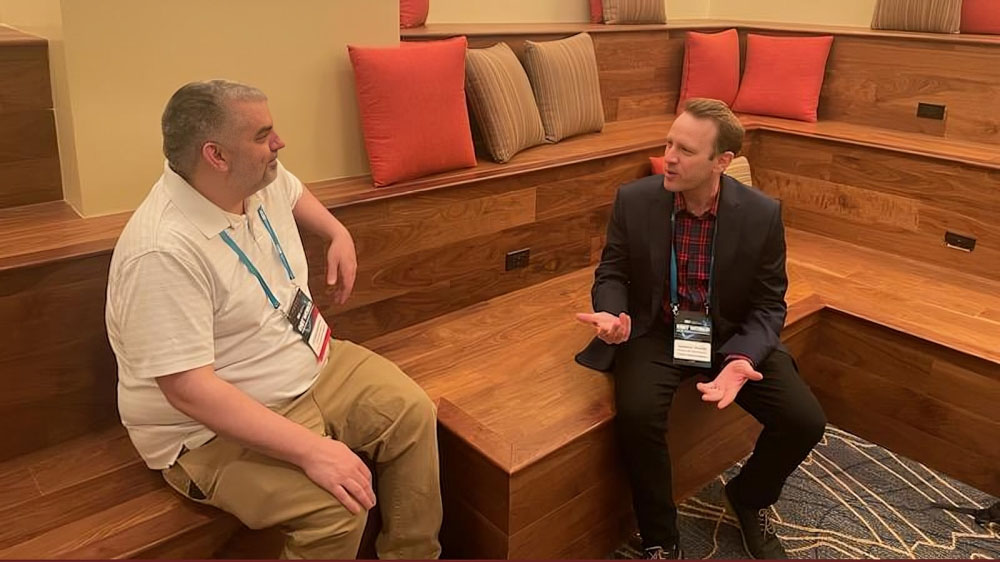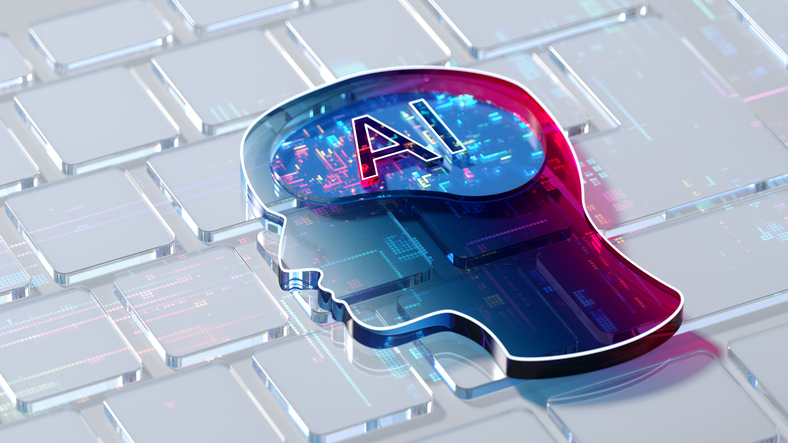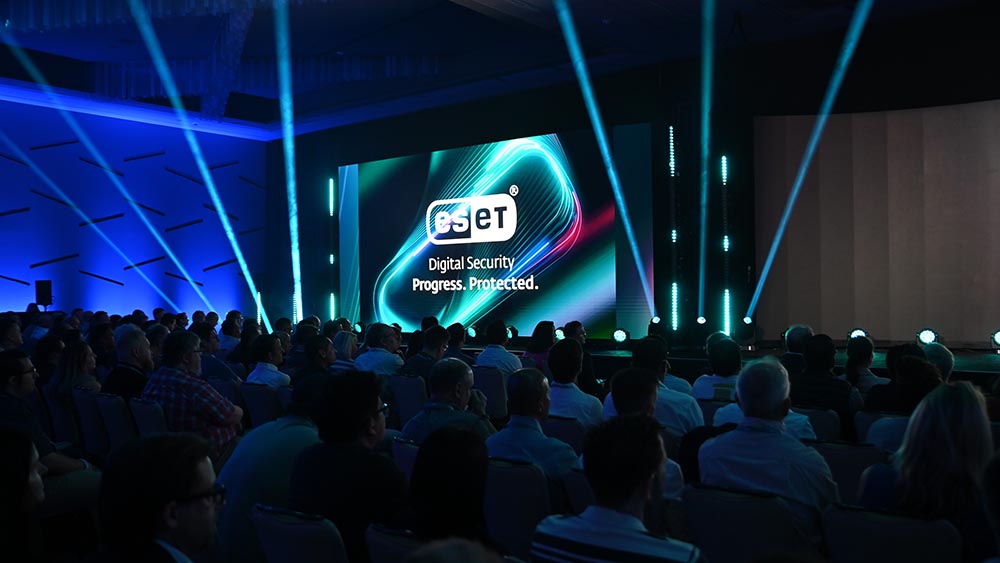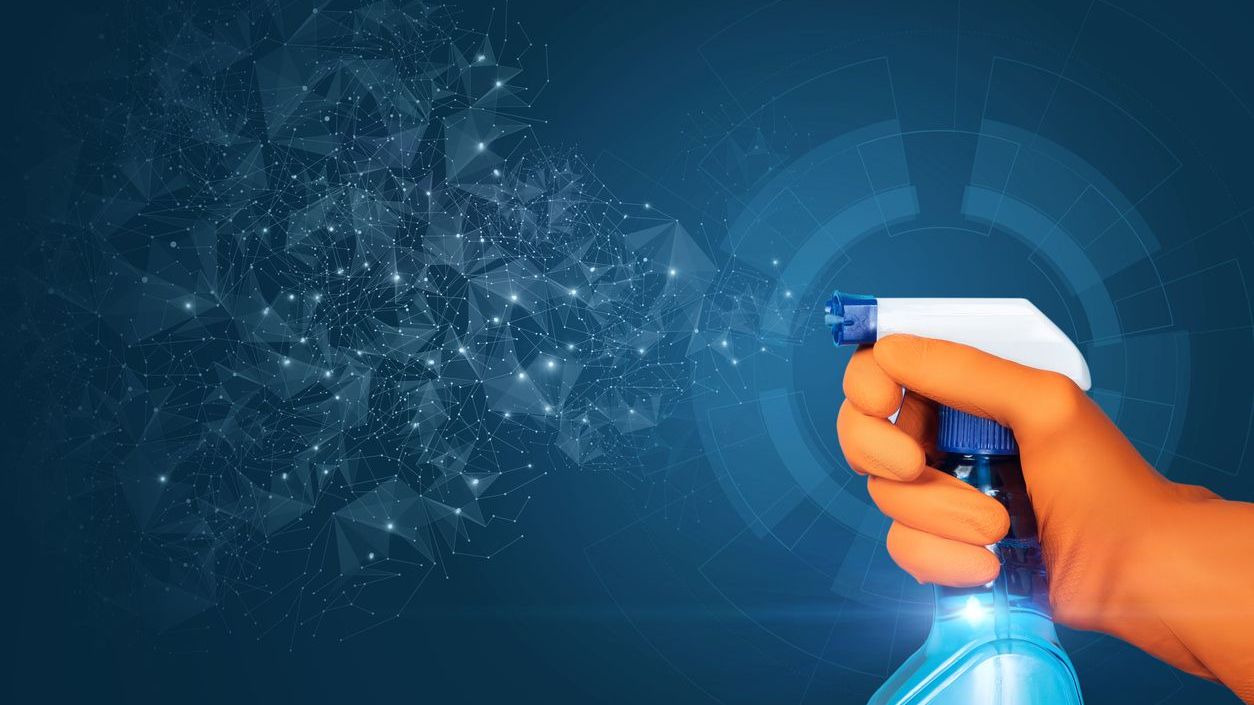When Corey Kirkendoll looks to grow his Plano, Texas-based company, he always has diversity, equity, and inclusion (DEI) in mind. The CEO of MSP 5K Technical Services spends time visiting community colleges, historically black colleges and universities, and inner-city technical colleges to find people who are talented and willing to learn.
Like Kirkendoll, more MSPs than ever understand that keeping diversity in mind during the recruitment process can pay off in more ways than one. Not only do younger candidates increasingly care that potential employers are making an effort, but diversity can significantly improve the bottom line. One study from McKinsey, for example, found that companies in the top quartile for racial, ethnic, and gender diversity are 15 to 35% more likely to perform better financially.
In addition to pounding the pavement, Kirkendoll uses technology to help screen for psychological makeup and fit into the company culture, as well as to test candidates’ baseline knowledge.
Some MSPs are even incorporating machine learning or artificial intelligence to improve recruitment speed and accuracy.
But while there are plenty of AI-based recruiting tools available today, they may not take DEI factors into account. There are a few—Celential is one example—that claim they use natural language processing to eliminate unintentionally biased phrases from job descriptions and omit gender and ethnic attributes from the matching process.
Still, it’s important to look for key features. One of the most important is the ability to build workflows with the recruiting process that mask certain candidate attributes, says Greg Pridgeon, a senior analyst in Forrester’s Future of Work practice. After moving past the initial screening and phone interviews, information should then be unmasked so the interviewing manager can actually engage with the candidate, Pridgeon adds. It’s also critical to have access to the analytics to understand the pipelines the tools are creating and whether or not they are diverse, he says.
That’s a tall order today. If you want to give it a try, ask a lot of questions first. For example, how was it trained?
“The developers are the ones who are creating the AI software and feeding it information. Where are they getting it from?” asks Demetria Miles-McDonald, CEO of Decide Diversity, a DEI training, research, and consulting firm. “Can I feed it different things, so it gets smarter about what I’m looking for?”
AI is a Tool, Not a Sole Recruitment Method
“AI can be a great equalizer where it’s interrupting biases that normally occur when humans are involved, so it could help level the playing field. Or it could continue to perpetuate those biases because it’s being trained by people who have those biases,” she says.
In addition, don’t forget the human element—now and in the future. In other words, don’t allow AI to be the strategic leader. Instead, it should be part of the strategy.
“There is so much we need to learn and be able to control when it comes to AI,” Miles-McDonald says. “We can’t just let it set its own course and be the follower. We have to be the ones who are in control and use it more as an assistant.”
As for Kirkendoll, he says he would be open to using an AI-based tool to help with recruiting once it can truly help with the DEI part of the process. He doesn’t think the market is there yet, and experts agree. But they also agree that it’s coming.
“The main thing is that we have to be intentional about seeking DEI talent,” he stresses. “That’s critical, regardless of the tool you use or how you recruit. But as it becomes more mature, I’ll definitely consider it. I don’t think there will be much of a choice.”
KAREN D. SCHWARTZ has written hundreds of feature articles, hard news pieces, white papers, case studies and book chapters on a variety of technology and business topics. She resides in Potomac, Md. and can be reached at karen@karendschwartz.com.




